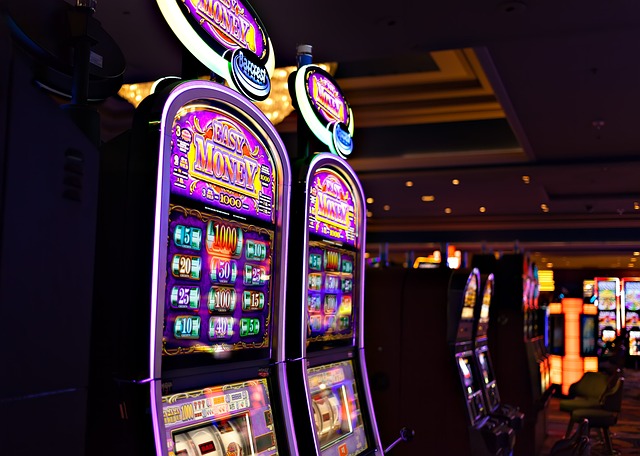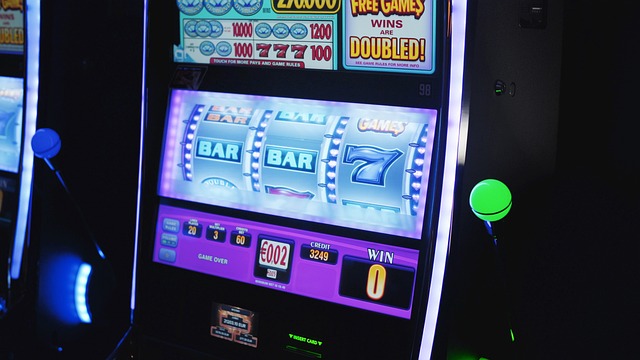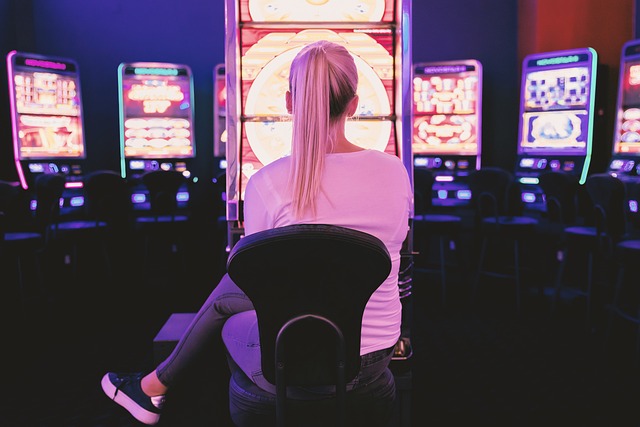Slot games have come a long way from their humble beginnings of fruit symbols and mechanical levers. In today’s digital age, the visual experience of a slot game is just as crucial as its gameplay mechanics. The transition from flat, pixelated designs to rich, immersive 3D graphics has redefined what players expect from online casinos. But how did this evolution happen, and where is it headed next?
Let’s explore the journey of 3D slot graphics—from their early experimentation to the hyper-realistic, cinematic slots we enjoy today.
The Early Days: Basic 2D Graphics
When online casinos first launched in the late 1990s and early 2000s, slot games relied heavily on 2D bitmap images and static animations. These visuals mimicked traditional land-based slot machines, featuring simple backgrounds and repetitive reels.
At the time, limited bandwidth and processor capabilities restricted developers to basic visuals. Most symbols were still-framed graphics, and animations were confined to blinking lights or flashing win lines. Despite these limitations, players embraced the convenience of online slots.
The Introduction of 3D Elements
By the mid-2000s, advancements in internet speed and browser technology allowed game developers to experiment with 3D effects. Companies like Betsoft and NetEnt began pushing visual boundaries by integrating rendered characters, dynamic scenes, and depth animations.
Titles like The Slotfather and Gonzo’s Quest introduced fully animated characters and storylines that unfolded as players spun the reels. This marked a pivotal moment—the focus shifted from just matching symbols to immersive gameplay experiences.
3D graphics not only enhanced the look of slot games but also helped forge emotional connections between players and the in-game world, elevating engagement levels significantly.
Real-Time Animation and Engine Development

As gaming hardware improved, so did rendering engines. Developers began using real-time 3D engines similar to those in video games. This allowed for smoother animations, complex symbol transitions, and environmental effects such as weather changes, explosions, and cinematic camera movements.
Rather than pre-rendered visuals, slots could now deliver fluid, interactive sequences, bringing each spin to life. Slots like Vikings Go Berzerk, Reactoonz, and Jammin’ Jars demonstrated how real-time graphics could make even grid-based slots dynamic and exciting.
These slots started to appeal not just to gamblers, but also to video game enthusiasts looking for visual stimulation and skill-based features.
Cinematic Design and Storytelling
By the 2020s, the line between online slots and interactive media began to blur. Studios like Yggdrasil, Red Tiger, and Play’n GO started incorporating cinematic intros, orchestral soundtracks, and cutscenes to frame the player’s journey.
Modern 3D slots are often narrative-driven, featuring progressing story arcs, unlockable characters, and bonus rounds that feel like video game boss battles. Slot visuals are now choreographed with music and sound effects to create a movie-like experience, drawing players deeper into the virtual world.
This evolution also encouraged longer play sessions, as players returned not just for the wins, but to see what happens next in the storyline.
Compatibility with Mobile and VR
With the rise of mobile gambling, developers optimized 3D slot graphics for smaller screens without losing fidelity. Techniques like responsive scaling, GPU acceleration, and touch-based interactivity made it possible to enjoy full 3D visuals on smartphones and tablets.
In parallel, the industry began experimenting with VR compatibility, allowing players to step inside virtual slot rooms with fully 360-degree environments. While still niche, VR slot games demonstrate the next level of immersion, using head tracking and hand gestures to spin reels and interact with bonus features.
The Future of 3D Slot Graphics

Looking ahead, 3D graphics in slots will continue to advance through:
- AI-driven animation that reacts to player behavior in real time
- Procedural content generation, creating environments that change dynamically
- Augmented reality (AR) slots that blend physical and virtual play
- Hyper-personalized visuals, adapting themes and styles to each user’s preferences
As GPUs and mobile devices become more powerful, developers will have fewer technical limits and more creative freedom, potentially leading to slots that are indistinguishable from AAA video games in terms of visual fidelity.
Final Thoughts
The evolution of 3D slot graphics has reshaped what players expect from online casino entertainment. No longer simple games of chance, modern slots are immersive, interactive, and visually stunning experiences that blend gambling with storytelling and digital art. Whether you’re spinning reels for fun or chasing big wins, it’s clear that the future of slots will continue to be powered not just by algorithms—but by artistry.
